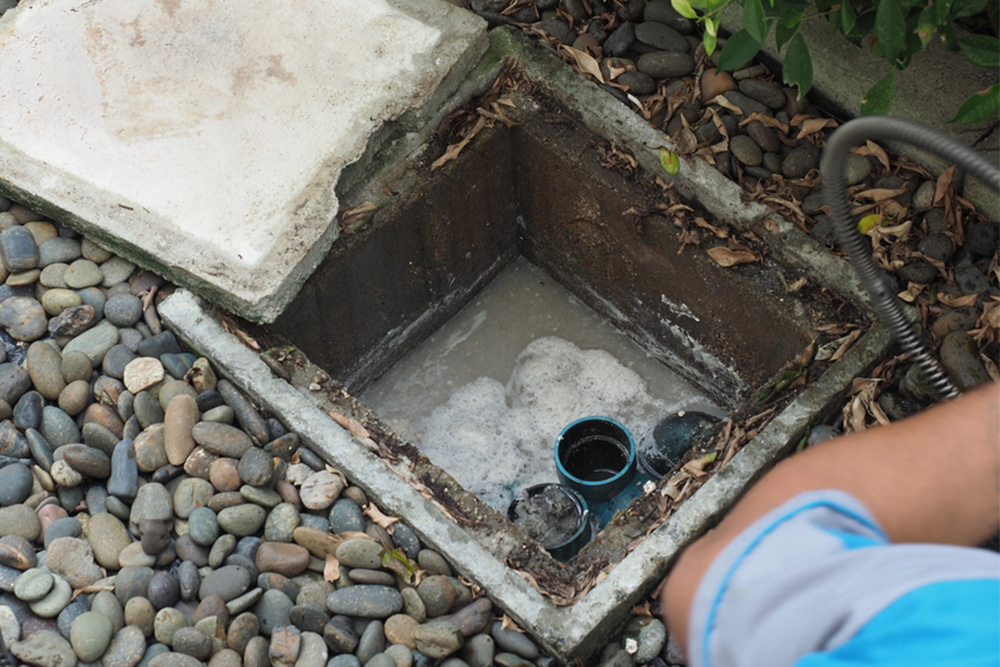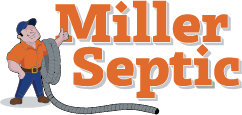
A clogged grease trap creates serious problems for any restaurant or commercial kitchen. Grease, fats, and oils build up in the drainage system, causing backups and costly repairs that disrupt operations.
Careful planning combined with a professional grease trap installation protects your property and keeps kitchen waste flowing smoothly. Businesses save money on emergency plumbing services and avoid heavy fines by preventing these problems before they occur.
Choosing the Right Size for Your Grease Trap Installation
Selecting the correct size for a grease trap installation is the most important step in building an effective system. The right size depends on the daily volume of wastewater your kitchen produces.
A smaller unit struggles to keep up with high grease output and requires frequent pumping, while an oversized unit leads to higher upfront costs without offering better performance. Accurate sizing involves calculating the flow rate by considering the number of fixtures and their water usage in gallons per minute.
Proper sizing helps the system operate reliably and avoids unnecessary breakdowns.
Necessary Tools and Materials for Grease Trap Installation
Specific tools and quality materials are required to complete a grease trap installation that meets industry standards and local regulations. Essential tools include pipe cutters, wrenches, and sealants that form watertight joints between the trap and plumbing.
Depending on the system design and local code, PVC or cast iron piping is necessary along with fittings like elbows and couplings. A sturdy level is used to confirm that the trap sits perfectly flat to allow smooth flow. Workers should wear personal protective equipment such as gloves and safety glasses to perform the job safely.
Key Local Codes for a Compliant Grease Trap Installation
Compliance with local codes is essential for a successful grease trap installation in a commercial environment. These regulations exist to protect public sewer systems from blockages and to reduce environmental pollution from fats, oils, and grease.
Local health departments and plumbing authorities specify requirements for trap sizing, placement, and construction. Failure to meet these standards can result in fines, forced system replacements, or business closures.
Selecting the Optimal Location for Your Grease Trap
The location of a grease trap affects its performance and long-term maintenance needs. An ideal spot is easy to access for pumping and inspections, minimizing disruption to kitchen activities. The trap should be installed outside the building or in a designated accessible area, separate from the main plumbing lines, to simplify servicing.
The site must have a stable, level base to prevent shifting and leaks over time. Avoid areas with heavy foot or vehicle traffic to reduce the risk of damage. Proper placement supports smooth maintenance and efficient system operation.
A Step-by-Step Guide to Installing Interceptor Grease Traps
Site Preparation
First, prepare the site by digging the space for the grease interceptor. The excavation must be large enough to accommodate the unit and give enough room for workers to move around during the installation. The bottom of the pit needs a level and compacted base of gravel or sand to create a stable foundation.
Placing the Interceptor
Carefully lower the interceptor into the prepared hole. The unit needs a perfect level from all sides to make sure the internal baffles work correctly and direct the wastewater flow as designed. Installers must double-check the level to prevent future issues with the system’s efficiency and drainage.
Connecting Pipes
Plumb the grease trap by connecting the inlet and outlet pipes. The inlet pipe, which brings wastewater from the kitchen, connects to the side with the baffle. The outlet pipe, which sends the water to the sewer, connects to the other side. Use a secure sealant to create watertight connections at all joints and fittings.
Backfilling and Finalizing
Carefully backfill the space around the installed unit with compacted soil or gravel to give stability and support. You need to fill the unit with water as you backfill to prevent floating. After filling the trap, replace the lid and secure it properly, leaving the access ports visible for future maintenance.
The Importance of Professional Grease Trap Installation Services
Working with professional services for your grease trap installation gives peace of mind and confirms the job is done correctly from the start. Here are four good reasons to choose a professional.
- Expertise in Sizing
Professionals have the knowledge and experience to accurately calculate the correct size of the grease trap for a specific commercial kitchen. They consider factors like seating capacity, menu items, and kitchen equipment to determine the right unit. This expertise prevents oversizing or undersizing, which saves you money and helps the system handle your needs efficiently.
- Compliance with Local Codes
Licensed professionals possess a comprehensive understanding of all local health and plumbing codes related to grease trap systems. They secure the correct permits and follow all regulations during the installation process. This knowledge prevents your business from receiving fines or facing costly system replacements due to non-compliance with local ordinances.
- Proper Installation Techniques
Experienced installers know the correct methods for excavation, placement, and plumbing connections to confirm the system is watertight and secure. They use the right tools and materials to prevent leaks and system failures. Their proper installation techniques create a durable system that operates effectively for years without major issues.
- Ongoing Support and Maintenance
Professional installation companies offer ongoing support and routine maintenance services for your new grease trap. They give regular inspections, pumping, and cleaning to keep your system in top condition. This support extends the life of your grease trap, prevents backups, and keeps your business running smoothly without unexpected disruptions.
Secure Your Business with Expert Septic Services in Southwest Florida
Unexpected septic problems cause major disruptions for homeowners and businesses in Southwest Florida. We offer reliable grease trap installation services in Fort Myers, FL, that protect your property and help smooth operations. Our Miller Septic team also gives comprehensive solutions for everything from drain field repairs to full septic system installations. Call Miller Septic now to solve your septic issues with our 24/7 emergency support.

